“'Clay, I can’t swim.'
“Decker was dumbfounded. He couldn’t believe it. How could Zofcin not swim? If there was one thing every submariner could do, it was swim.
“Back in Hawaii, before setting out on the Tang’s last patrol, Decker and Zofcin had shared a room at the Royal Hawaiian for two weeks; they had visited Waikiki beach in their swimsuits several times. Zofcin had never gone in the water.
"Decker said it didn’t matter whether Zofcin could swim or not.
“'Look, George,' added Decker, pointing to his Momsen Lung. 'You can use it as a life preserver. . . . You can also hang on to the buoy that’s at the end of the line.'
"Zofcin was not convinced.
“'Clay, you go now,' he said. 'I’ll go with the next wave.'
"Decker felt torn. He didn’t want to leave Zofcin behind. How would he explain to Zofcin’s young wife, Martha, that he had made it but Zofcin had been too afraid to try?
"But time was running out if he was to follow Ballinger into the escape trunk and stand a chance of surviving and seeing his own family again. Reluctantly, Decker turned away and climbed up the ladder leading to the escape trunk.
"Hank Flanagan was standing nearby. He watched Decker get into the trunk. He also saw Zofcin walk over to a bunk and crawl into it, apparently resigned to dying in the Tang.
"Zofcin soon appeared to fall asleep. He was one of several men who were now so terrified of the escape procedure and so drained by exhaustion and the increasing heat and toxic fumes that they were unwilling to save themselves.”
– Alex Kershaw, Escape from the Deep: A True Story of Courage and Survival During World War II, pages 111-112
This passage is harrowing because it is the story of young sailors trapped, literally, in a nightmare scenario. It tells of the choices they had to make, the fears they had to face, and their inner confrontations with their own wills in a sunken submarine. It begs the question in the mind of readers: What would you do in the same place?
Clay Decker and George Zofcin were crewmen aboard the USS Tang on the night of October 24–25, 1944, when the submarine was struck by its own last defective torpedo after a torrid battle with the Japanese in the straights between Formosa (today Taiwan) and mainland China. After the torpedo’s circular run struck Tang while on the surface of the ocean, blowing away the aft section of the sub above the propellers and washing the men on the bridge into the sea, sailors in the forward sections blew out the air in the ballast tanks. The 312-foot-long Tang settled down to the bottom, 180 feet beneath the surface, with about 40 survivors sealed inside. But time was running out. Temperature and carbon dioxide levels were rising, and poisonous fumes were emitted when incoming seawater made contact with the diesel batteries.
Both in their very early 20s, Zofcin and Decker had young wives and two-year-old sons who all lived together back in San Francisco, where Zofcin had recently purchased a small two-bedroom house. Now the two young men faced death together on the other side of the Pacific Ocean from their families. There was still hope of escape, but they would have to enter an escape trunk, four men at a time, which would then fill with water up to their heads to equalize the pressure with the water outside the hull. Enduring sharp pain as their eardrums neared bursting, they then could open a hatch and follow a knotted rope up to the surface 180 feet above. If the submarine had been sunk in deeper water, there would be no chance for survival, and a pistol to the head was an expedient option for a less painful death. But however physically painful and mentally taxing it would be to ascend the length of an 18-story building—slowly enough to avoid the bends—there was a chance. But first one had to climb into the escape chamber, endure the pressure, and then slide out into the black water.
Clay Decker never saw his friend again. But I think that anyone who can imagine themselves in the place of 21-year-old George Zofcin cannot but feel sympathy, sadness, and even some understanding, regardless of how we think we would choose in the same circumstances.
Notes: This is the fifth post in a series exploring books about submarine warfare during World War II. Read Part One. Part Two. Part Three. Part Four. Part Six. Part Seven. In a parallel series of History Through the Viewfinder posts, Dr. Huxen is revisiting the making of the interactive exhibit Final Mission: USS Tang Submarine Experience. Read Part One of that series. Part Two. Part Three. Part Four. Part Five. Part Six. Part Seven.
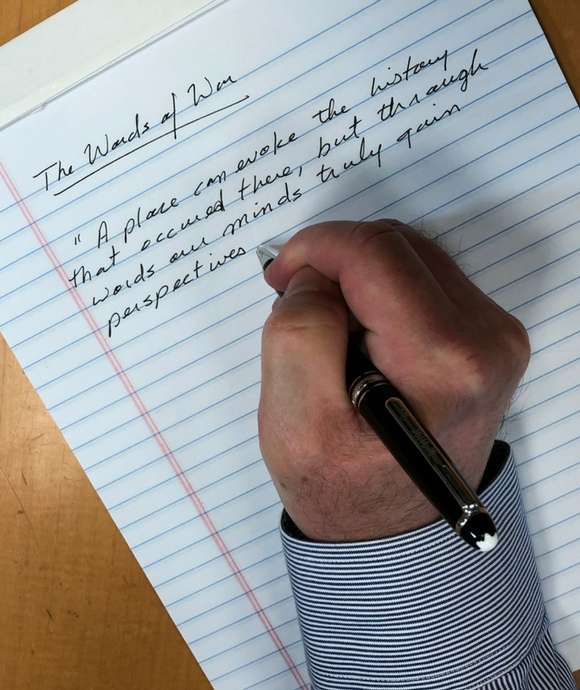
“A place can evoke the history that occurred there, but through words our minds truly gain perspectives and understanding of what it was like to know, feel, experience, hope, fail, triumph, and live through events from which we ourselves were absent. The written word is our most intricate map to retrace and reconstruct what we think happened, and ultimately brings us back to ourselves.”
– Keith Huxen, PhD, Senior Director of Research and History, The National WWII Museum
Keith Huxen
Keith is the former Senior Director of Research and History in the Institute for the Study of War and Democracy at The National WWII Museum.
Cite this article:
MLA Citation:
APA Citation:
Chicago Style Citation:
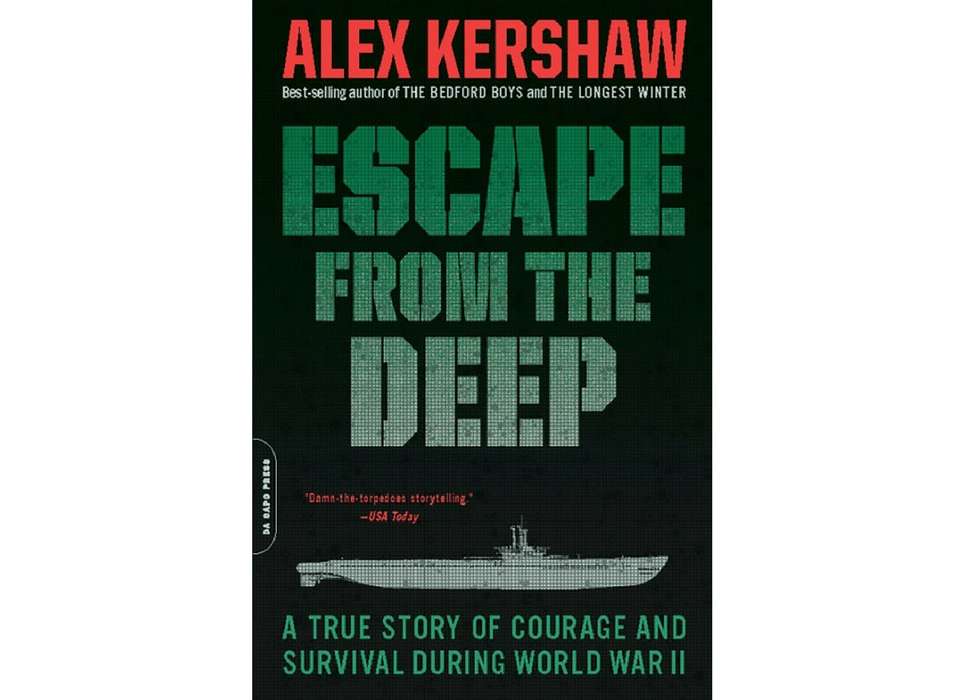

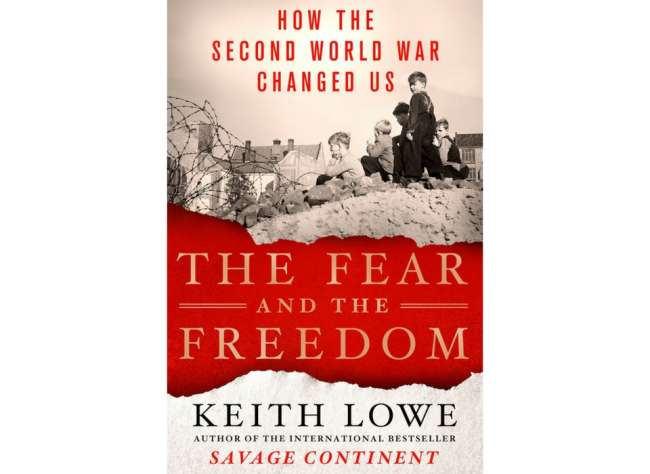
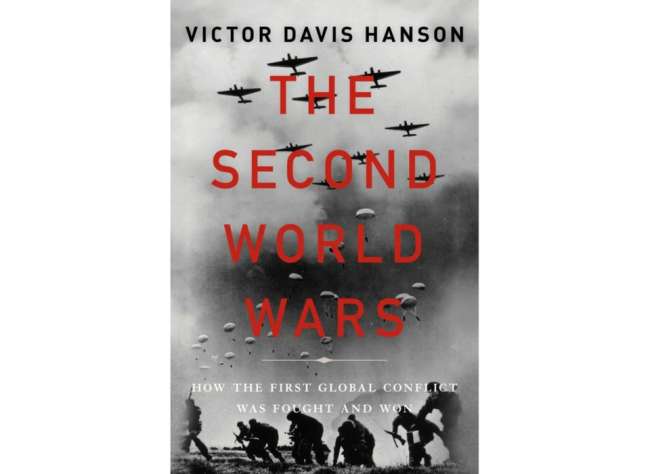
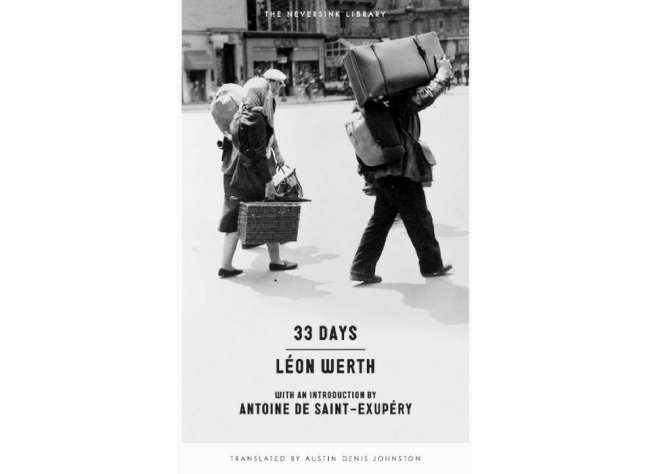





![Max Fuchs, New York City cantor, sings as Rabbi Sydney [sic] Lefkowitz, Richmond, VA, conducts the first Jewish services from Germany.](/sites/default/files/styles/max_650x650/public/2025-10/image1.jpg)

